Review: ‘Possession’ on DVD
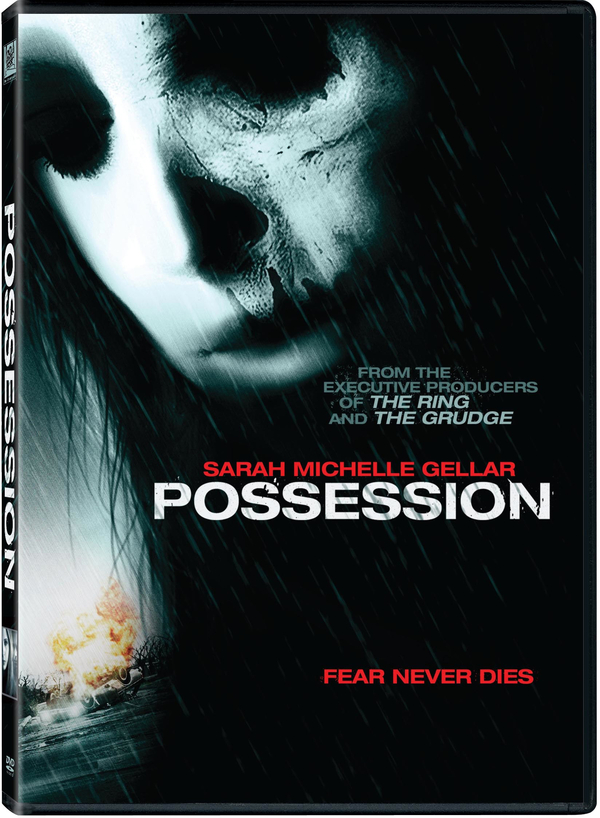 You have to wonder about the career advice Sarah Michelle Gellar has been receiving from her agent. Once she established that she could not only kick ass and stake vampires on [[[Buffy the Vampire Slayer]]], she also won over fans and critics by feeling the emotional impact of the events going on in her life. One reason the episode regarding her mother’s death is so well remembered has much to do with Gellar’s performance. We also saw that she could do other roles and gained attention in 1999 with Cruel Intentions.
You have to wonder about the career advice Sarah Michelle Gellar has been receiving from her agent. Once she established that she could not only kick ass and stake vampires on [[[Buffy the Vampire Slayer]]], she also won over fans and critics by feeling the emotional impact of the events going on in her life. One reason the episode regarding her mother’s death is so well remembered has much to do with Gellar’s performance. We also saw that she could do other roles and gained attention in 1999 with Cruel Intentions.
Yet, since the series ended in 2003, she has made schlock horror films based on international offerings ([[[The Grudge]]]), slight comedies ([[[Scooby Doo]]]), and eminently forgettable films ([[[Suburban Girl]]]). In the fist category comes Possession, out this week from 20th Century Fox Home Entertainment. Based on the 2002 Korean film [[[Addicgion]]], the American adaptation was filmed in 2007 and was initially set to release in 2008 before being consigned directly to DVD.
Set in San Francisco (although shot in Vancouver), the story is about a young married couple (Gellar and Michael Landes) trying to establish themselves while also taking in Michael’s criminal brother (Lee Pace). Lee creeps out Sarah so she insists he finally move out and this leads to a horrific car crash that sends both men to the hospital.
When Lee finally awakens, he appears in every way to have been changed…into his brother. He seems to possess Michael’s memories and is kinder, softer, and more emotionally vulnerable than he ever was before. With Michael comatose, Sarah has to decide whether or not to pull the plug on the life support equipment, complicated by the emotional connection she is forging with her brother-in-law.
Throughout, the question comes whether or not a freak accident swapped the men’s souls or Lee is faking it. This is intended to a psychological/supernatural thriller and while moodily shot using dim lighting, it also fails to emotionally connect with the audience. Largely this has to do with all three characters being woefully underwritten by Michael Petroni. Directors Joel Bergvall and Simon Sandquist don’t help by letting the trio show much range. Lee Pace, we well know from [[[Pushing Daisies]]], can act and yes, he does the best job of the three by portraying two sides of the same man but even he feels flat.
Given that this story sprawls across a year or more, the lack of interaction with friends or family also robs the movie of feeling anything remotely real. Sarah’s brief interactions at work are the only proof that she has a life beyond her home.
The movie is a muddle and mercifully brief (1:25). The DVD comes complete with plenty of alternate and deleted scenes, none of which really would have helped make this a more enjoyable story. Then there’s the promo featurette that tells you absolutely nothing about the project.
Gellar is an attractive, capable actress who has been repeatedly ill served by her film choices and maybe it’s time for her to find new representation.


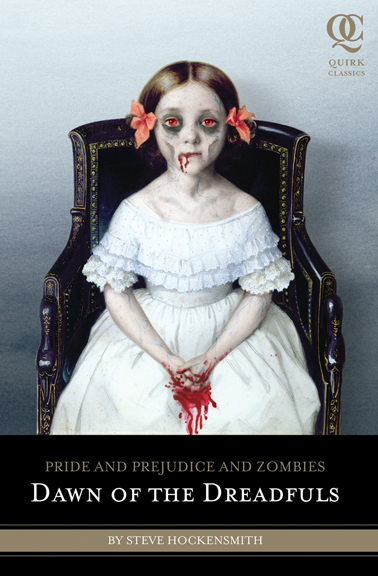
 From the 1950s through the 1970s many a producer could make a nice career out of producing low budget exploitation films. Roger Corman turned his studio into a training ground and provided us with a generation of terrific filmmakers. Many who make films today were heavily influenced by these films and Quentin Tarantino and Robert Rodriguez paid homage with their [[[Grindhouse]]] extravaganza.
From the 1950s through the 1970s many a producer could make a nice career out of producing low budget exploitation films. Roger Corman turned his studio into a training ground and provided us with a generation of terrific filmmakers. Many who make films today were heavily influenced by these films and Quentin Tarantino and Robert Rodriguez paid homage with their [[[Grindhouse]]] extravaganza.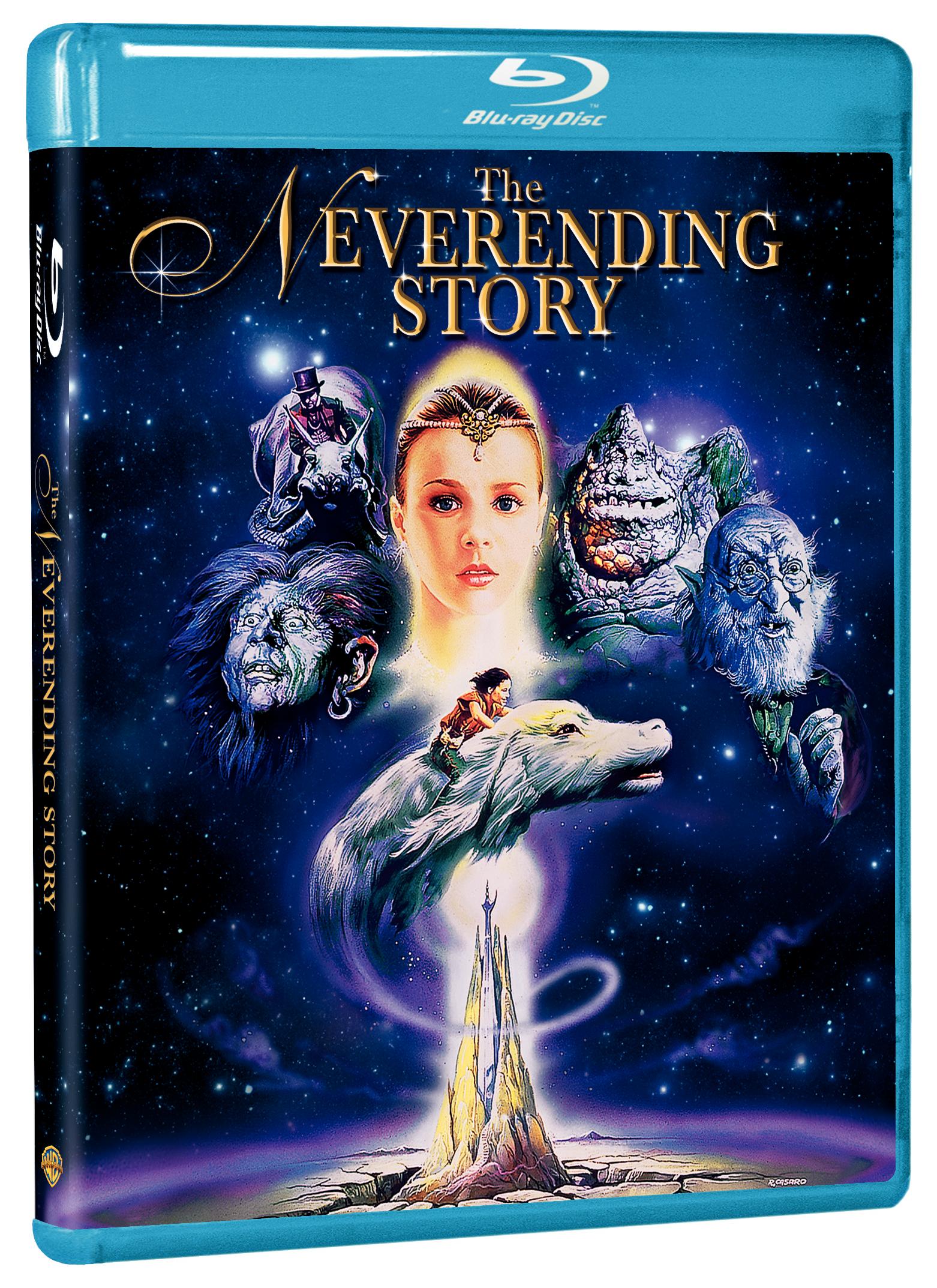 Many ComicMix readers no doubt have struggled form time to time telling fantasy from reality. We want to let our minds wander, explore strange new worlds, and avoid the harsh and unpleasant realities that await us in the mundane world. The clash between fantasy and reality fuels the 1983 Michael Ende novel
Many ComicMix readers no doubt have struggled form time to time telling fantasy from reality. We want to let our minds wander, explore strange new worlds, and avoid the harsh and unpleasant realities that await us in the mundane world. The clash between fantasy and reality fuels the 1983 Michael Ende novel 
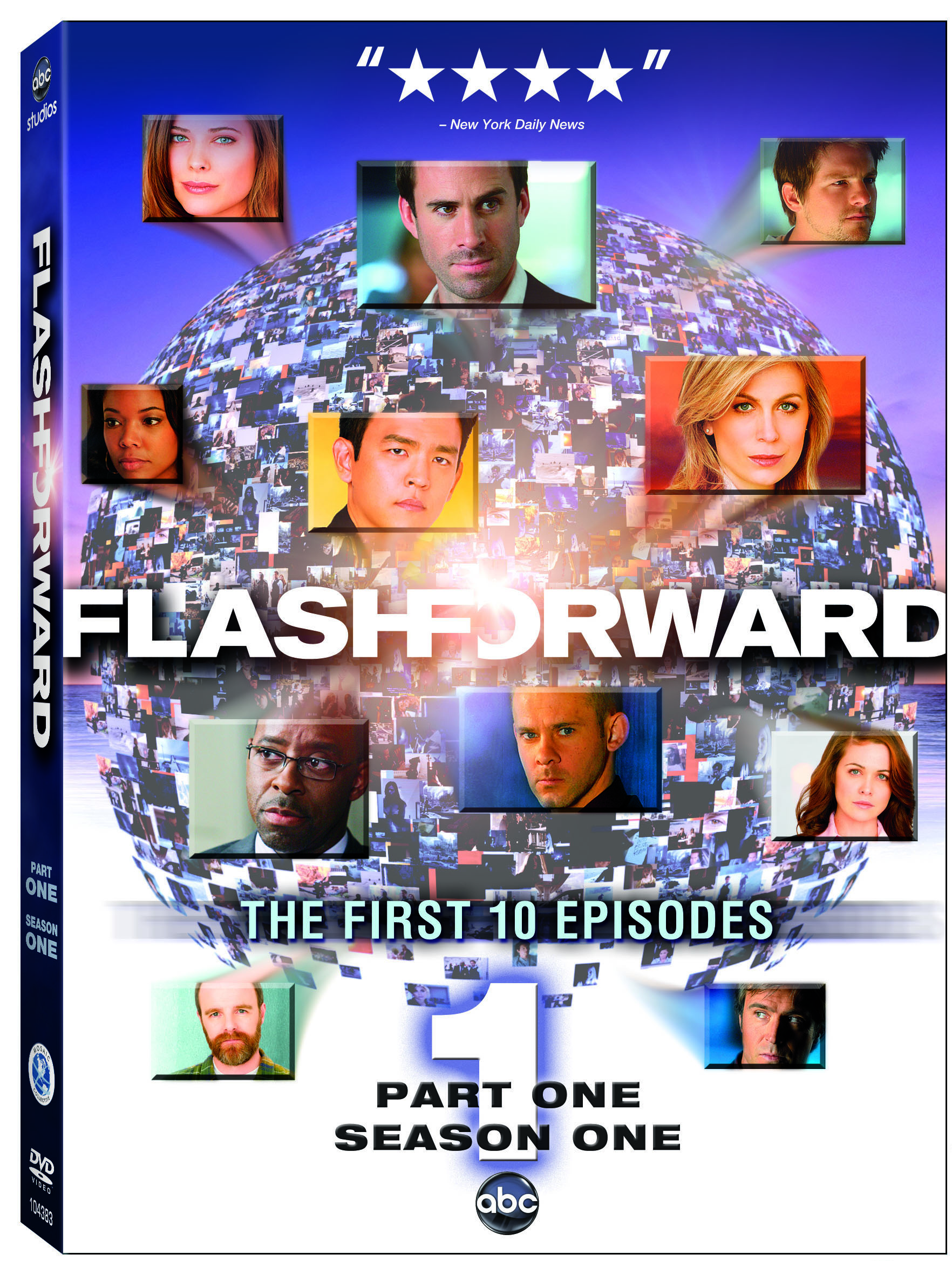 You have wonder why ABC Studios released the first ten episodes of
You have wonder why ABC Studios released the first ten episodes of  DC Comics brought the notion of parallel universes to comics, beginning with the classic “[[[Flash of Two Worlds]]]” and then began the annual team-ups between the Justice League of America and the Justice Society of America. Since then, the inhabitants of Earth -3, the Crime Syndicate of America, have been interpreted and reinterpreted with regularity. As a result, they have remained a popular aspect of the multiverse and certainly ripe for use in animation.
DC Comics brought the notion of parallel universes to comics, beginning with the classic “[[[Flash of Two Worlds]]]” and then began the annual team-ups between the Justice League of America and the Justice Society of America. Since then, the inhabitants of Earth -3, the Crime Syndicate of America, have been interpreted and reinterpreted with regularity. As a result, they have remained a popular aspect of the multiverse and certainly ripe for use in animation.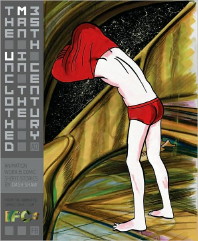

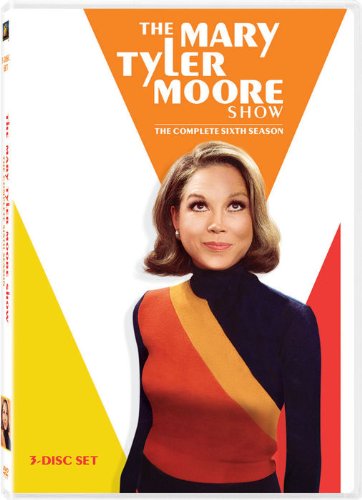 There were many groundbreaking television series as the 1970s arrived and most have been extensively written about because of their casting or long-term cultural impact. Norman Lear made the sitcoms more relevant by making his characters more like us and Larry Gelbart helped make sitcoms comment on issues of the day by adding an edge to the humor. But James L. Brooks, Allan Burns and company helped bring about a revolution in character-based comedy with [[[The Mary Tyler Moore Show]]].
There were many groundbreaking television series as the 1970s arrived and most have been extensively written about because of their casting or long-term cultural impact. Norman Lear made the sitcoms more relevant by making his characters more like us and Larry Gelbart helped make sitcoms comment on issues of the day by adding an edge to the humor. But James L. Brooks, Allan Burns and company helped bring about a revolution in character-based comedy with [[[The Mary Tyler Moore Show]]].








